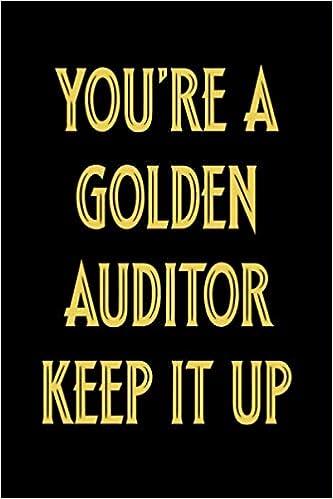Question
Dispensers of California, Inc. Peter Hynes creates a working model of a new and improved commercial paint spray which he had patented. The patent had
Dispensers of California, Inc.
Peter Hynes creates a working model of a new and improved commercial paint spray which he had patented. The patent had a legal life of 16 years remaining.
Hynes was eager to exploit his patent commercially, but he had no funds of his own. Several of Haynes friends, who had used prototypes of Hynes paint spray, offered to invest in a new corporation with a capitalization of $200,000 par value capital stock to further develop, manufacture, and market the spray and its related equipment. Before making their investment, the investors asked Hynes to prepare a profit plan projecting the companys revenues and expenses for the companys initial year to operation along with an end-of-first-year balance sheet.
Hynes agreed to prepare the requested information incorporating the following projected transactions.
1. In return for signing his patent over to the new company, which was to be called Dispensers of California, Inc., Hynes would receive 60 percent of the companys capital stock. For their part, the investors would contribute $80,000 cash for a 40 percent interest in the company.
2. Incorporation costs, $2,500.
3. Equipment to be used in assembling the paint spray dispensers, $85,000.
4. Out-of-Pocket labor and development costs to redesign the paint spray disperser to facilitate more efficient assembling, $25,000.
5. Component part purchases, $212,100.
6. Short-term loan from local bank, $30,000. (Loan to be repaid before the end of the year with $500 interest.)
7. Manufacturing payroll, $145,000.
8. Other manufacturing costs (excluding component part costs), $62,000.
9. Selling, general, and administration costs, $63,000.
10. Ending component parts inventory cost, $15,100.
11. Sales, $598,500 (all received in cash.)
12. All incorporation and product redesign cost expensed as incurred.
13. Depreciation, $8,500. (Hynes estimated the useful life of the equipment was 10 years with no salvage value.)
14. Patent cost charged to income over a six-year period (Hynes anticipated technology developments incorporating digital flow controls would significantly reduce the current products sales in about six years' time.)
15. No inventory of unsold or partially completed dispensers at year end.
16. Cash dividends, $5,000.
17. Income tax expense, $22,500 (due to be paid during the next year).
18. All amounts due to employees, suppliers, and others, except for income taxes, paid in cash. (Hynes made this assumption because he wanted to present a "conservative" balance sheet to the investors.)
Questions
I. How might Hynes and the investors use the profit-plan in managing the business?
2. How might the projected transactions impact the company's balance sheet? (Think about each transaction in terms of its impact on both the basic accounting equation and specific accounts.)
3. Prepare a profit plan in the form of an income statement for the first year of operations.
4. Prepare a balance sheet as of the end of the first year of operations.
5. Hynes made a number of accounting decisions. Do you agree with these decisions?
Step by Step Solution
There are 3 Steps involved in it
Step: 1

Get Instant Access to Expert-Tailored Solutions
See step-by-step solutions with expert insights and AI powered tools for academic success
Step: 2

Step: 3

Ace Your Homework with AI
Get the answers you need in no time with our AI-driven, step-by-step assistance
Get Started


